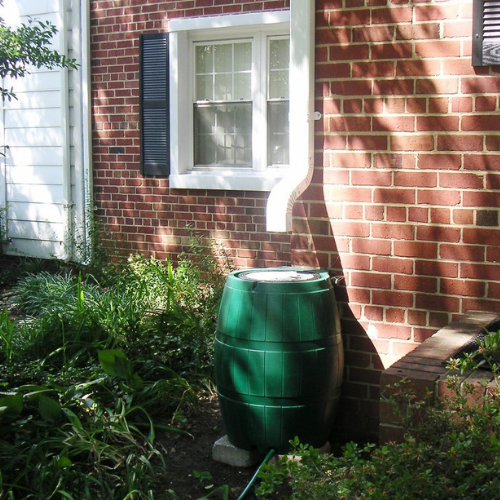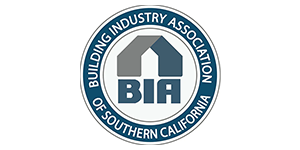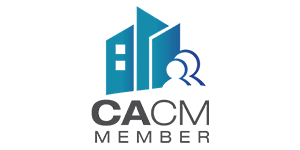
Cleaning up and preserving your neighborhood goes beyond remembering to toss glass and plastic into a recycling bin. That's especially true in Southern California communities. When it comes to sustaining the planet, everyone must do their part.
Today’s technology is helping to create a more sustainable existence. For example, you can now control air conditioners and heat furnaces with a click of the mouse or tap on your phone. Programmable smart thermostats allow you to set cooling and heating units to turn off when no one is home. The same idea goes for appliances.
WATER
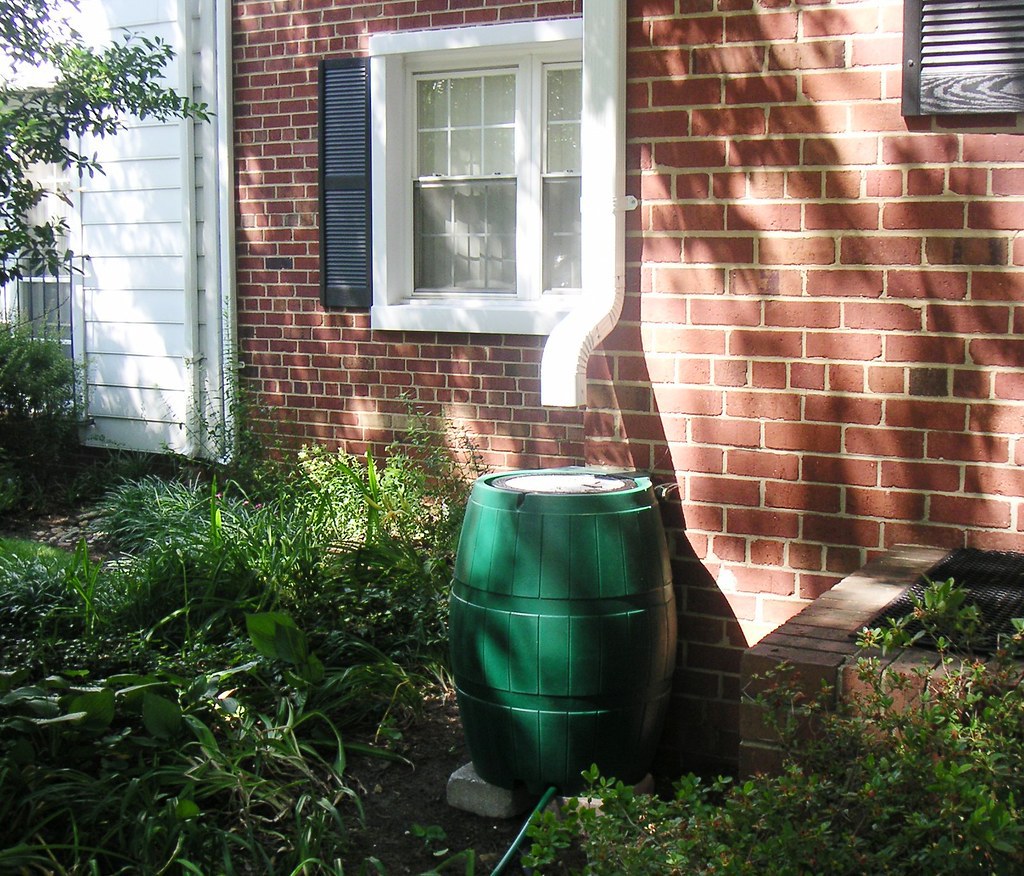 Water is one of our most precious resources. Most of us know to fix pipe and hose leaks, install low flush-toilets and shower streams, and turn off the faucet when you brush your teeth or shave. But you can do so much more. Install rain barrels to catch nature’s gold and use rainwater to irrigate lawns and gardens. Plant native plants and shrubs in your yard to absorb groundwater effectively.
Water is one of our most precious resources. Most of us know to fix pipe and hose leaks, install low flush-toilets and shower streams, and turn off the faucet when you brush your teeth or shave. But you can do so much more. Install rain barrels to catch nature’s gold and use rainwater to irrigate lawns and gardens. Plant native plants and shrubs in your yard to absorb groundwater effectively.
If your neighborhood has the space for it, work with neighbors and create a community garden to grow fruits and vegetables. You can also set up a composting station for food scraps that would otherwise go in the landfill.
ELECTRICITY AND HEAT
You can save five percent on your electric bill along with the planet by using energy-efficient lighting in your home. Replace the worn-out fixtures with Energy Star bulbs and fixtures. You'll save an average of $45 a year, and even better, reduce your home’s carbon footprint. Traditional incandescent bulbs produce significantly more heat, wasting energy. Additionally, solar-powered outdoor lights are cost-effective and easy to install and maintain.
Eco-friendly community buildings with solar panels that provide clean electricity are an investment. They can be costly, but the benefits are recoupable in the long run.
RENEWABLE ENERGY
Solar energy is most effective for single homes. However, larger communities can investigate the option of a small-scale gasification system. It's a way to convert organic or fossil fuel materials into carbon dioxide, hydrogen, and carbon monoxide. The result of gasification is a versatile fuel that can produce heat and electricity.
REDUCE, REUSE, RECYCLE!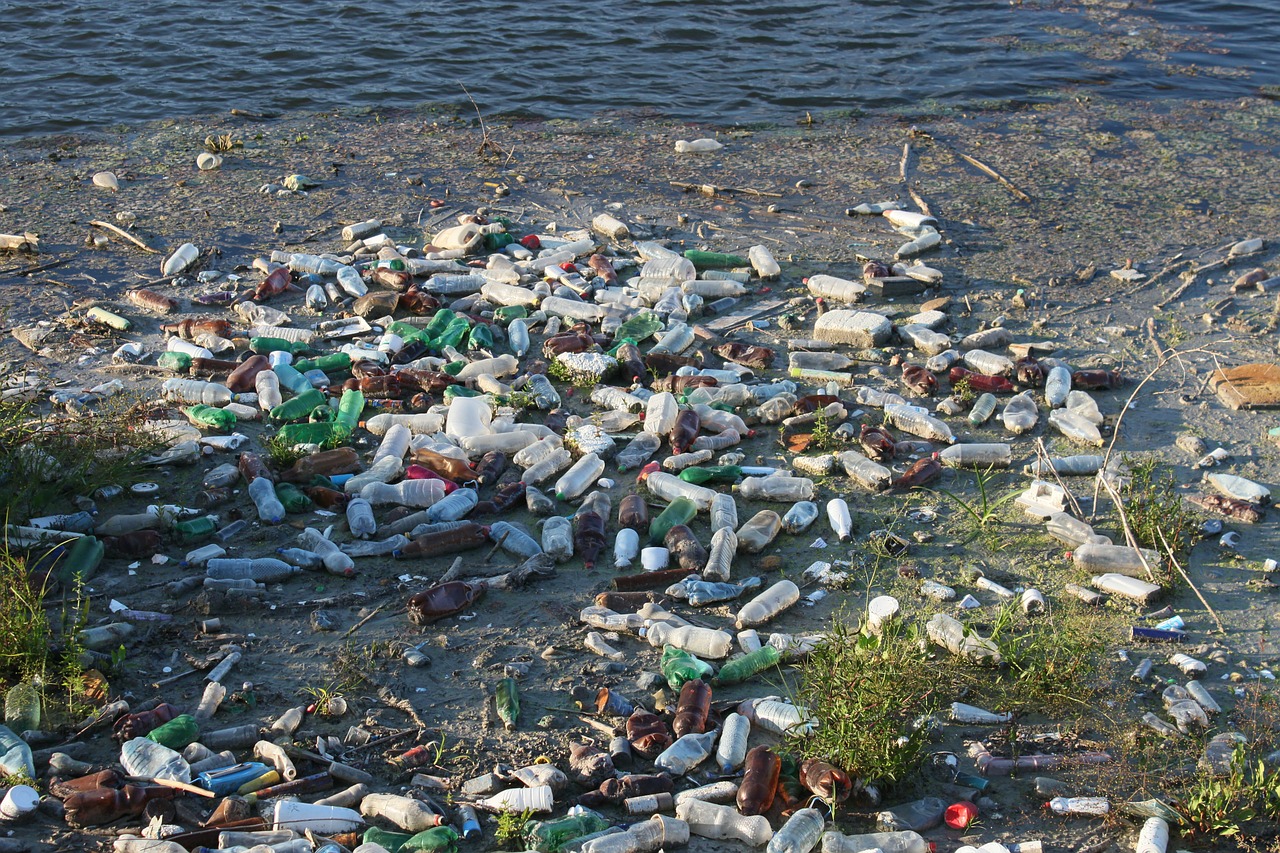
It’s an old phrase, but still effective, and most communities have a recycling program set up through their local trash service. Cutting back or eliminating the use of certain everyday items is a step toward learning new behaviors that will help to protect Earth’s landfills, oceans, nature parks, and wildlife. Communities members can work together to:
- Encourage the use of canvas bags instead of plastic when grocery shopping. Similarly, use fewer single-serve water bottles, straws, and items wrapped in plastic. Plastic party products are convenient, but they definitely fill up the trash can! Plastic water bottles fill landfills and our oceans.
- Use fewer paper towels. Instead, clean with rags. Cloth rags last longer and can be washed for repeated use.
- Shopping at local secondhand stores is cost-effective. It cuts down on fossil fuel emission waste by not having items shipped across the country. Communities can also have their own yard sales so that others may use unwanted items.
- Buy recycled products whenever possible.
SHARE AND SHARE ALIKE
Farmers often do this – share the big stuff such as tractors, plows, cultivators, and chemical spreaders. Community members can share things such as appliances, tools, and exercise equipment. With this idea in mind, how about cutting down on stove usage by having a community meal … anything to get out of the kitchen! A neighborhood potluck would also give you a chance to get to know the people in your community.
Create a car-share and carpool program that lets residents cut down on the use of their own vehicles. If there’s no room for one large community garden in the neighborhood, you and your friends can share yard space, and of course, the fruits (and vegetables) of your labor.
Your eco-friendly neighborhood starts with you, an individual making a slight but useful change in your basic routine. Then, there’s another chance and another and another. Planet Earth is counting on these changes.
About the Author
Rachael Elizabeth is a gardening guru and writer. She takes pride tending to her small space garden that is constantly flourishing with fresh herbs and florals. When she’s not practicing her green thumb she can be found exploring nature on a hike or swimming in the lake.
ABOUT CRUMMACK HUSEBY PROPERTY MANAGEMENT INC.
Orange County, California, based Crummack Huseby Property Management, Inc., manages many diverse HOA’s and master-planned communities in Southern California. They have added value to communities by working with HOAs, homebuilders, and land developers through their collaborative and customized approach. Crummack Huseby’s personalized philosophy to community management has allowed them to successfully discover and develop one-of-a-kind programs for new and existing communities. They offer professional business planning, governance, community management, financial only management, planning, and forecasting services for community associations. They also have been recognized as one of the Best Places to Work by the Orange County Business Journal in 2015, 2016 and 2017. Founders Sandy Huseby and Margo Crummack each have more than 30 years of experience in Common Interest Development (CDI) management. Crummack Huseby Property Management obtained an AAMC® Accreditation status which highlights their focus and commitment to deliver total customer satisfaction. If you would like to learn more about Crummack Huseby Property Management Inc., they look forward to learning about your community and understanding your needs and how they can best support your community. For more information - Start a Conversation, email info@ch-pm.com, or call 949-367-9431.
About Crummack Huseby
Crummack Huseby is an award-winning property management and consulting firm serving homeowners associations and builder communities across Southern California. Since 1999, we’ve partnered with HOA boards, developers, and homeowners to provide personalized management, strategic guidance, and exceptional service. Our team believes in building strong relationships, transparent communication, and custom solutions that help communities thrive.
To learn more about how we can support your HOA or builder project, click here.

